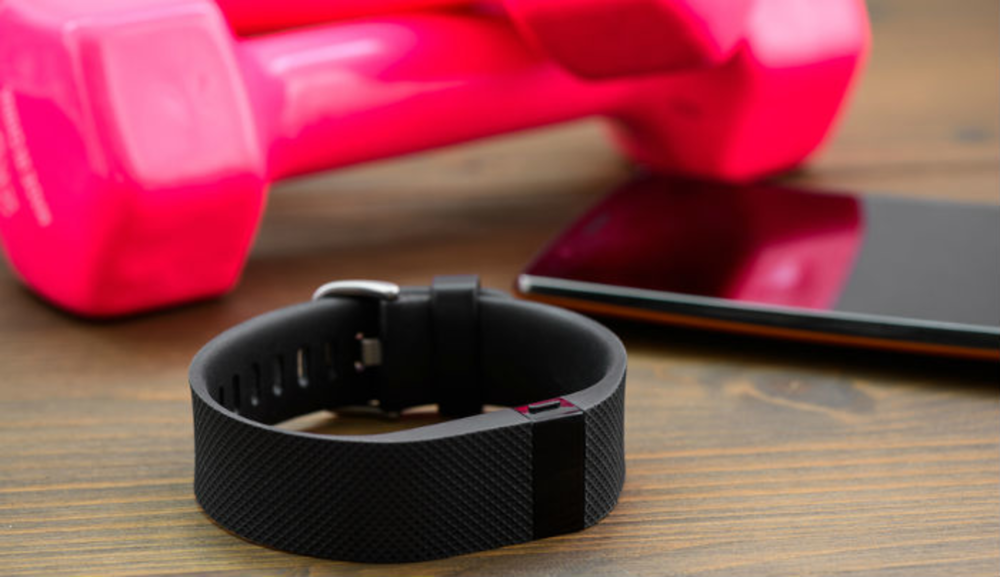I finally took the plunge this year. I bought a Fitbit. And not just any Fitbit—the Surge. From what I can tell it’s the Cadillac of fitness-tracking wearables. I’m still learning how to use it, but this thing seemingly does everything. I track my steps, monitor my calorie intake, my sleep, heart rate, number of floors climbed; I can measure different types of exercise and even the effects on my body. And it’s fun because it has a social element to it, so I’m finding coworkers who also use Fitbit; and we compare our health activity and stats to each other’s, then sometimes get a friendly competition going.
For tech-savvy marketers, my new Surge could be a dream come true. This wearable reveals the times that I’m most active, my personal fitness goals, and other useful marketing data, like my location. These personal statistics and biometrics, potentially, can lead to the right individualized marketing campaigns, the perfectly crafted messages, and long-awaited sales.
Of course, we’re still in the fledgling days of using data from wearables for direct marketing—although there was major buzz around fitness-tracking wearables at CES 2016 in Las Vegas, which sparked conversation and sessions centered on smartwatches, such as the Apple Watch and the new Android Wear, and how companies can use them to launch innovative marketing plans.
The advantage for marketers is that these wearables collect reams of data, and for those who are forward-thinking, this popular technology is beginning to shape the way marketers plan events, personalize campaigns, and predict consumers’ needs and desires. For some companies, fitness-tracker watches are in the same category as beacon technology, smartphones, and virtual reality. They give marketing teams a chance to develop sensor-based marketing promotions that stimulate emotion and garner personal ties to a brand. Sensor-based marketing allows companies to provide services through wearables, such as payment options or push notifications.
Marketers are still figuring out ways to work with wearables—but for those who haven’t yet, it’s certainly worth the try in 2016. Some remain skeptical because it’s a new frontier. There have been, however, some cases in which companies have successfully pulled insights or pinpointed a group of target consumers based, at least in part, on data from wearable tech. Even wearable clothing is undergoing major developments from brands such as Under Armour, Levi’s, and Ralph Lauren. More success from leading companies will inspire others to apply these methods or adapt them to their own marketing efforts.
Leave a comment if you’ve seen or have been influenced by effective campaigns rooted in wearable tech or sensor-based data.








